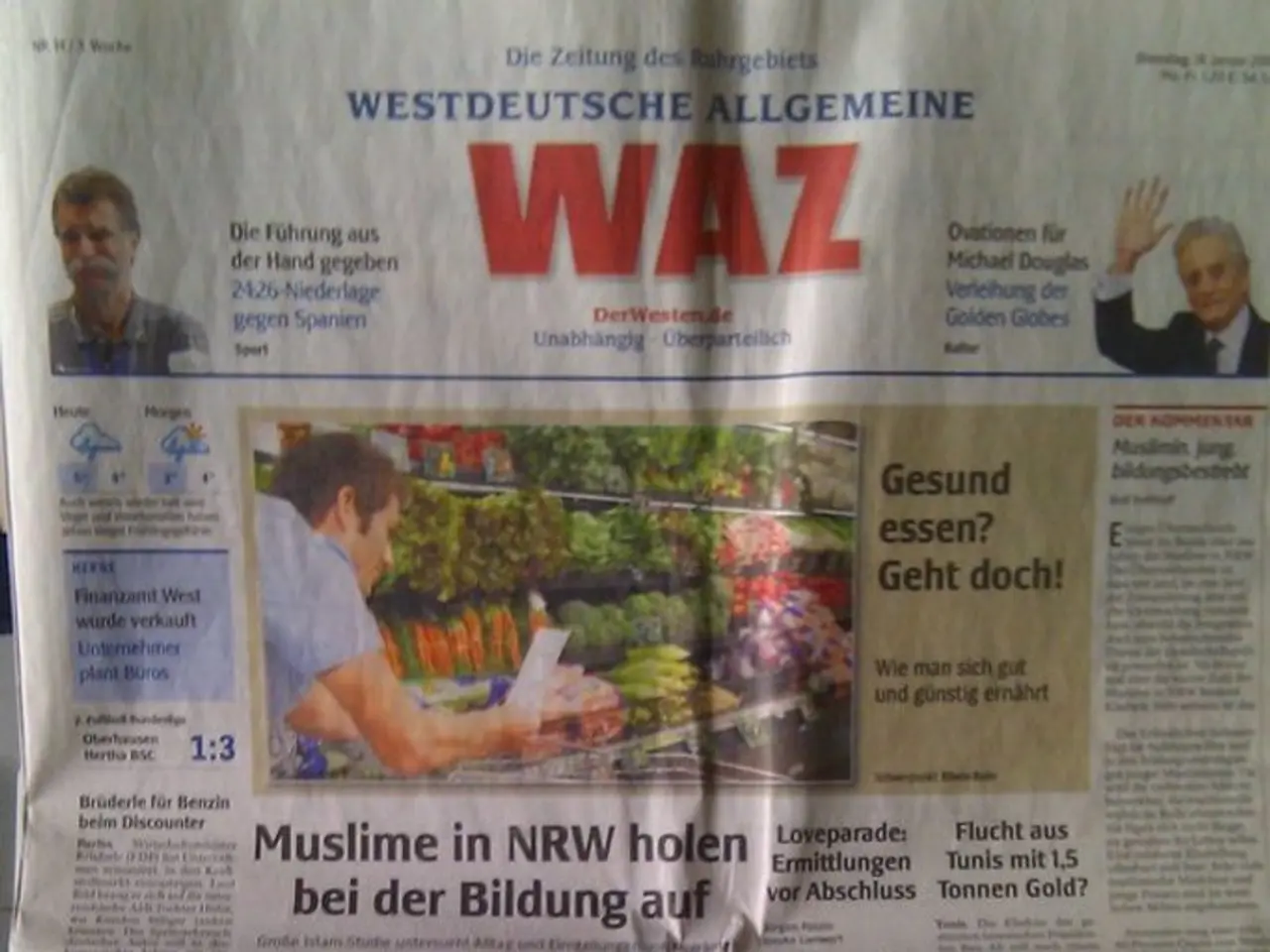Proposed hike in tobacco tax to make packs cost 2 euros in Brussels
The European Commission has announced a substantial revision to the EU Tobacco Taxation Directive, aiming to increase minimum excise duties on tobacco products in alignment with public health goals such as those outlined in Europe’s Beating Cancer Plan. The plan targets a tobacco-free Europe by 2040, with the ambition of reducing smoking prevalence to less than 5%.
The proposed changes will impose higher and more harmonized excise duties tailored to each member state’s economic context. The minimum excise duty on cigarettes will be set between 7.5% and 76.5% of the total tax burden. Minimum tax rates will be adjusted based on the economic situation and general price levels in each member state to reduce disparities across the Union.
The directive will also extend excise duties to new tobacco and nicotine products, including e-cigarette liquids, heated tobacco, nicotine pouches, chewing and nasal tobacco, and raw tobacco. A new Tobacco Excise Duty Own Resource (TEDOR) would introduce a uniform 15% call rate on manufactured tobacco and related products released for consumption, generating an estimated €11.2 billion annually.
Member states will benefit from a four-year transitional period to adapt to the increased excise duties and broadened scope of taxed products. The revision also seeks to reduce disparities in excise duties applied by different member states by linking minimum tax rates more closely to economic conditions in each country. Wealthier countries may see higher minimum taxes, while less affluent states have adjusted lower minimums.
The higher and harmonized excise duties are expected to decrease tobacco consumption by making products less affordable, thereby supporting public health efforts. The TEDOR component introduces a new EU-level revenue stream that might be used for various budget priorities but is independent of national contributions.
The European Respiratory Society welcomed the initiative, noting it as a critical update to taxation policy that will help reduce tobacco consumption, ensure tax fairness, close regulatory loopholes, and support public health and revenue goals. Tobacco remains responsible for nearly 700,000 deaths annually in the EU, and the proposed tax reforms aim to accelerate the decline in smoking rates, which has slowed in recent years despite past declines linked to taxation.
Notably, Swedish snus will remain exempt from the extended tobacco taxation directive, as provided for in Sweden's accession treaty to the EU. Electronic cigarettes with up to 15 mg of nicotine per milliliter will have a minimum tax rate of 20% of the public sale price or at least 0.12 euros per milliliter. Other products such as gum or inhalers will be subject to a 50% of the public sale price including taxes.
The Commission calculates that the proposed increase would lead to an increase in prices of between 1 and 2 euros per pack. Six member states already tax cigarettes at a level higher than the proposed reform, and the remaining 21 would need to increase current tax levels to meet the new requirements. In Spain, the current minimum rate for 1,000 cigarettes is 150 euros, plus additional proportional and specific rates. Total revenues from tobacco taxation amount to 80,000 million euros, with cigarettes representing 87% of the total.
The proposed changes are expected to have a significant impact on member states by reducing internal disparities, improving public health outcomes, and generating significant EU revenue. The Commission wants 15% of the minimum community tax rate applicable to each product to go to the EU budget, potentially generating up to 11,200 million euros in annual revenues. The Commission also proposes the creation of a new own resource for the tobacco special tax (Todor, in English).
The European Commission's revised Tobacco Taxation Directive aims to generate substantial EU revenue by introducing a uniform 15% call rate (TEDOR) on tobacco products, which is expected to generate approximately €11.2 billion annually. This new revenue stream might be used for various budget priorities, independent of national contributions, as part of an effort to support public health goals and reduce tobacco consumption.
The proposed changes in excise duties will affect various tobacco and nicotine products, including e-cigarette liquids, heated tobacco, nicotine pouches, chewing and nasal tobacco, and raw tobacco. Wealthier countries may see higher minimum taxes, while less affluent states have adjusted lower minimums, with the ambition of reducing disparities across the Union.




